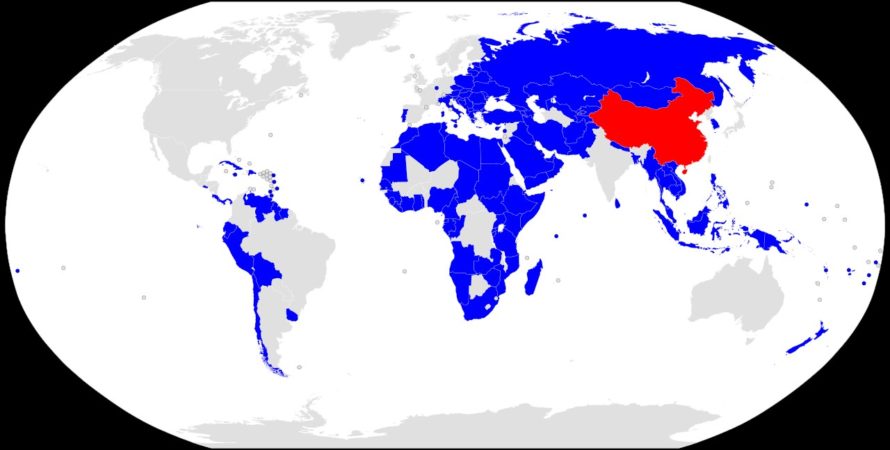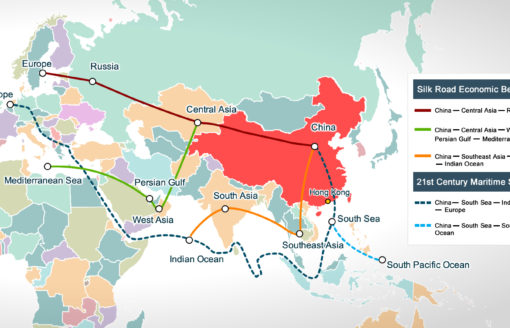The global security and investment landscape are being redrawn by China beyond the Asia-Pacific region. The country’s power in the Asia-Pacific region is increasing as per the military strength assessments.
Several sovereign analysts have lately forecasted that the country is near to becoming the official Asian superpower along with the United States. An all-new wave of immersion in construction and foreign port acquisition has indicated a potential for establishing right and power projects reaching all the way to Africa.
But these recent developments have altogether raised a very important question:
Has the concept of investment and security in China already attained its post-Asia-Pacific stage?
The ‘New Asian’ Security Concept of China Challenges a U.S-Oriented Order
The most certain objectives of the Asia-Pacific security engagement include:
- To outdo the alliance system in the Western Pacific region governed by the United States
- To produce an alternative power concentration by integrating Asian states
A ‘New Asian Security Concept’ was presented by the Chinese President Xi Jinping at the 4th Interaction and Confidence Building Measures in Shanghai in the year 2014. While the State media commentary did not mention the United States outright, it termed the cold war due to the new security structure as the ‘Achilles heel.’
The announcement by Xi resulted in a whole decade of unstoppable China-oriented institution-building in the Asian region. It all kicked off in the Conference on Interaction and Confidence-building Measures in the year 1999 in Asia and the Shanghai Cooperation Organization in 2001.
A new stage for the agenda was then proposed in 2006 by the Beijing Xiangshan Forum. As a result, China has switched from being a mere participant and good neighbor to multidimensional coalition-creator in the security sphere. It is meant to form specialized mechanisms for collaboration, like the China-ASEAN Strategic Partnership Vision 2030 that was embraced in 2018.
Moreover, the leaders in China have also expressed displeasure on multiple occasions with the narrowly-constructed frameworks linked with certain sub-regions in Asia and the alliance system led by the United States.
The president also commented on the ‘Asian Community of Common Destiny’ and the role of his country in regional development. He explained these by using the One Belt, One Road (OBOR) plan as an example.
He also said that Asia is a continent with several states of common interests who make rules and aim to create peace.





India and South Korea Lead the Surge in Media Content Production and Investment within Asia